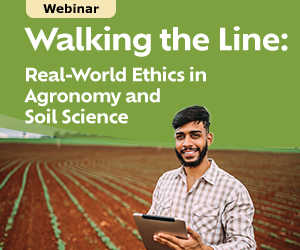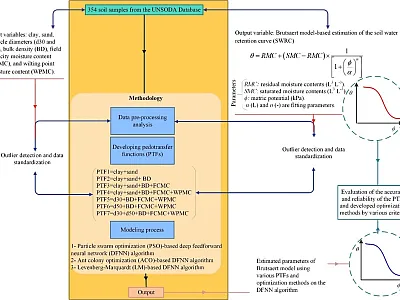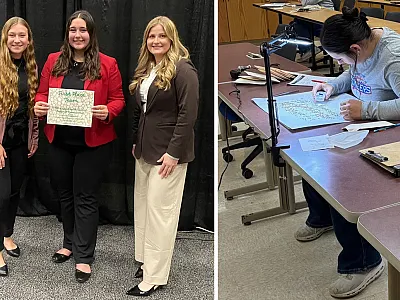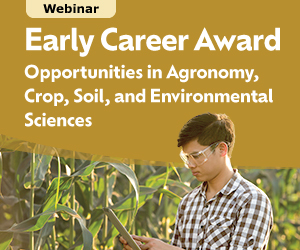Maximizing peat: how extenders can stretch your soil mix
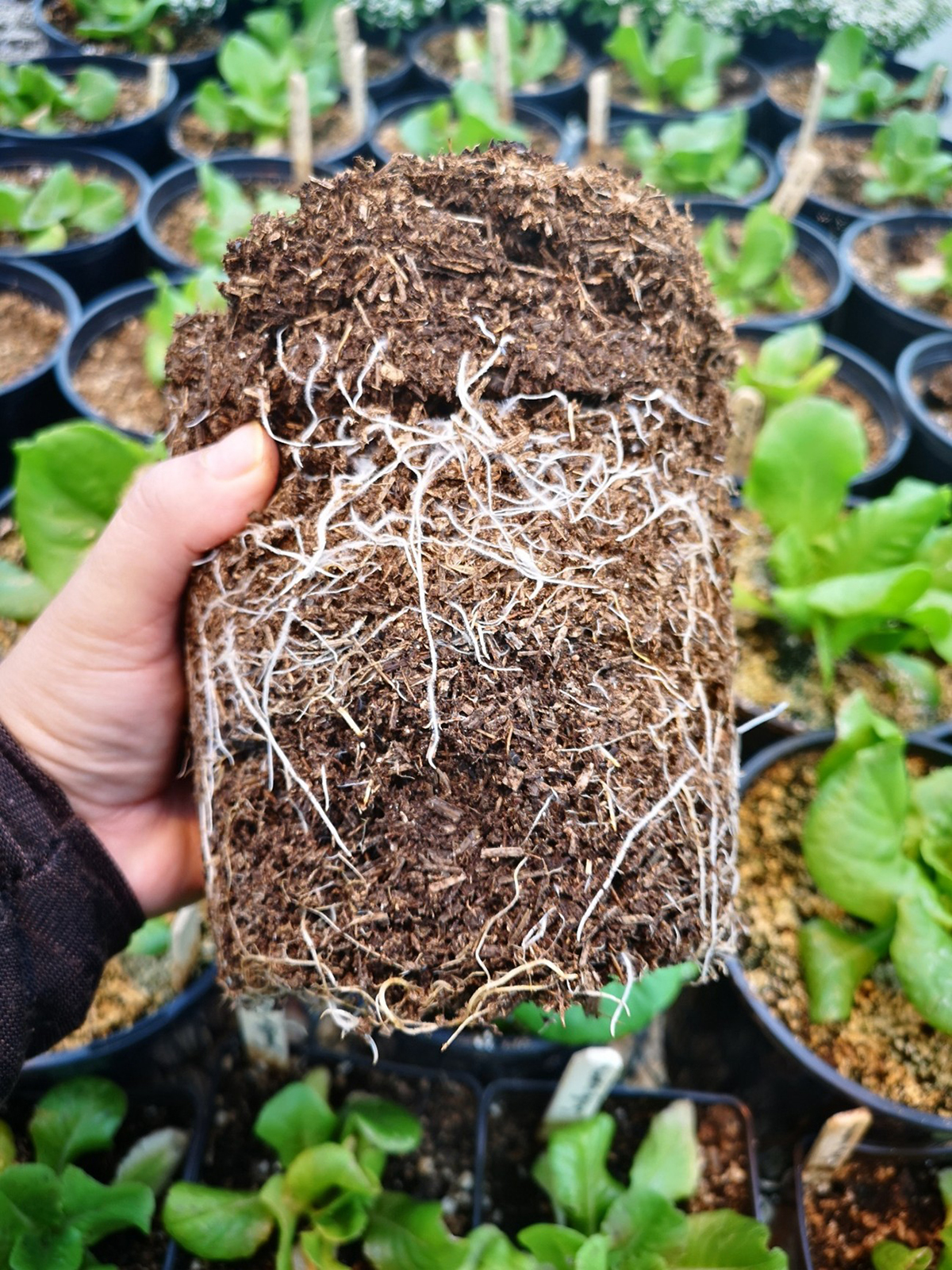

Peat has long been a cornerstone of the horticultural industry in Canada, primarily due to its unique physicochemical properties that enhance plant growth. The Canadian peat industry has evolved significantly with the country being one of the largest producers of peat globally, primarily sourced from Sphagnum moss found in its extensive peatlands. However, even with the most sustainable extraction practices in place, the slow replenishment rate of peat makes it a non-renewable resource in the practical sense. One sustainable solution may be peat extenders—materials blended with peat to partially reduce its usage in growing media while preserving its beneficial properties, such as water retention and aeration. Earn 0.5 CEUs in Soil & Water Management by taking the quiz for the article.
Peat has long been a cornerstone of the horticultural industry in Canada, primarily due to its unique physicochemical properties that enhance plant growth. Approximately 24,000 hectares (59,305 acres) of Canadian peatlands have been drained for horticultural use with 14,000 hectares (34,595 acres) currently under active extraction. Approximately 70% of the peat harvested in Canada is utilized in horticulture with the remainder serving other sectors such as energy and agriculture. The Canadian peat industry has evolved significantly with the country being one of the largest producers of peat globally, primarily sourced from Sphagnum moss found in its extensive peatlands. Canada contributes significantly to the approximately 40 million m3 (1.4 billion ft3) of peat used annually in horticulture worldwide (Gruda, 2019).
The status of the peat industry in Canada reflects both its economic importance and the growing environmental concerns associated with peat extraction. The industry has faced increasing scrutiny due to the ecological impacts of peat harvesting, which include habitat destruction, loss of biodiversity, and greenhouse gas emissions resulting from the drainage of peatlands.
The peat industry in Canada focuses on adopting efficient and environmentally responsible methods of harvesting as well as on efforts to replenish peatlands and restore ecosystems after extraction. These practices have certainly helped mitigate some of the environmental impacts traditionally associated with peat extraction.
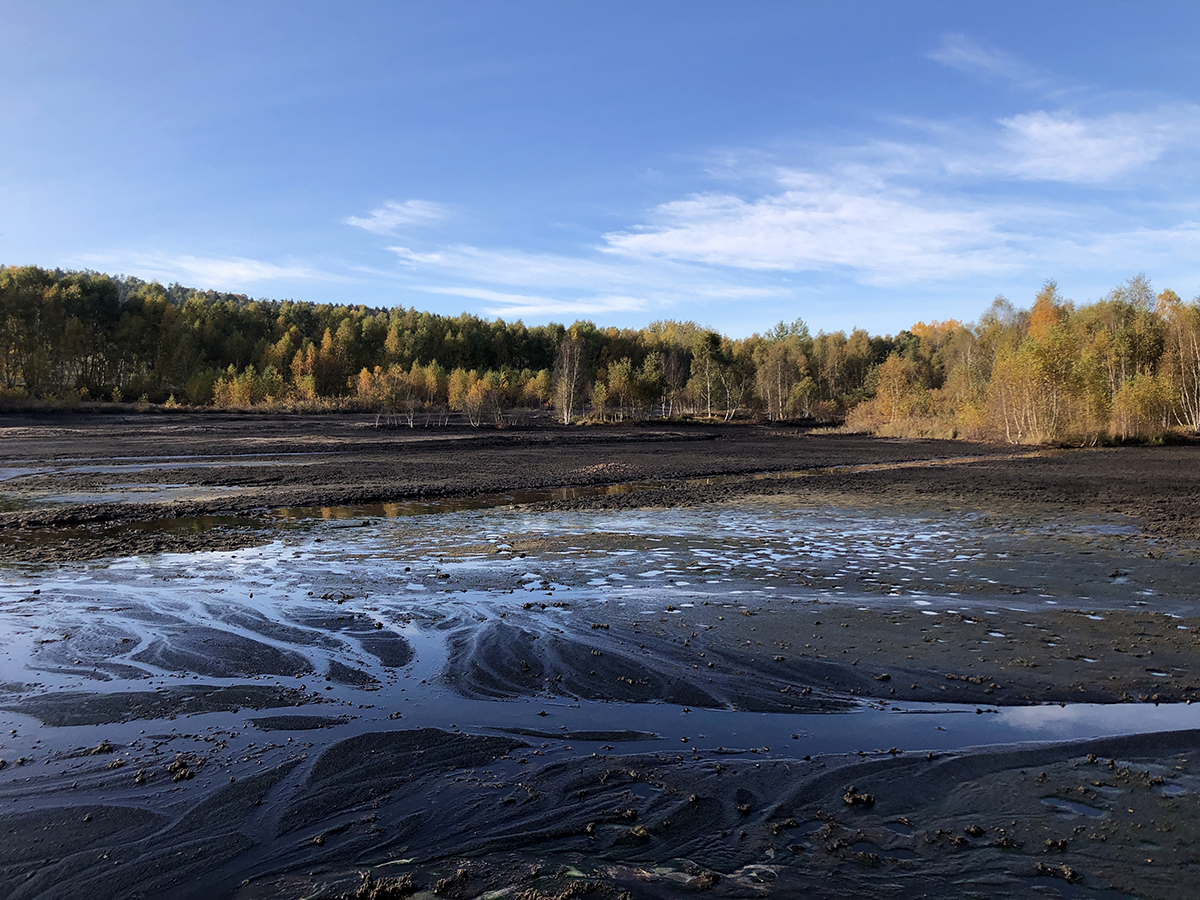
A nonrenewable resource with unique properties
However, even with the most sustainable extraction practices in place, the slow replenishment rate of peat makes it a non-renewable resource in the practical sense. Despite adoption of best practices, the challenge remains that the horticulture industry is the largest consumer of peat, and the sheer scale of its use continues to put pressure on peatlands. Especially concerning from an environmental perspective is the use of peat as a single-use growing media. This highlights the need for a shift away from using peat as a one-time resource and toward more sustainable practices.
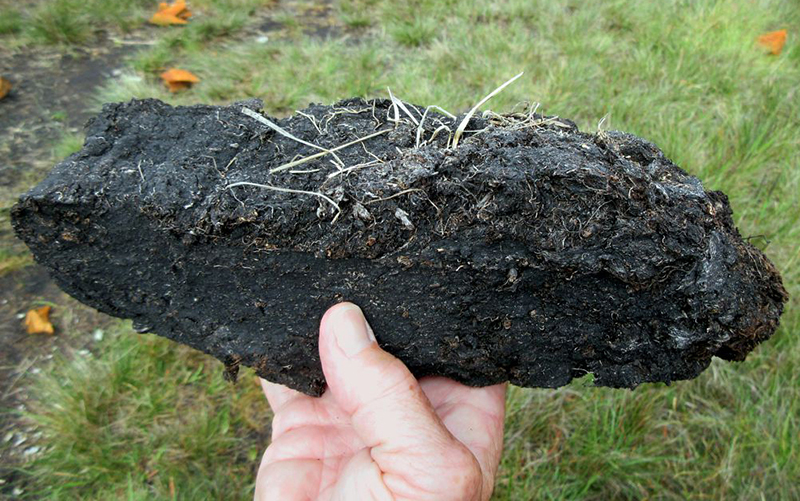
Peat has earned its superstar status in the growing media industry and among growers for all the right reasons! It has unique properties owing to its high water-holding capacity and its ability to retain nutrients while providing good aeration for root development. Its natural structure and sterility make it ideal for promoting healthy and uniform plant growth. No wonder it has been the go-to choice for generations of growers. Although mainly popular as a growing media, the incorporation of peat into soils also can enhance aeration and drainage. For instance, studies have shown that crops such as half-highbush blueberries exhibit significantly improved growth when cultivated in peat-amended soils compared with mineral soils with increased shoot development and overall productivity (Tasa et al., 2012).
While alternatives to peat, such as compost, coconut coir, and biochar, are being explored, each comes with its own limitations. Peat has been used for centuries and has undergone significant refinement to become the ideal growing medium we rely on today. This long history has contributed to peat’s unique ability to create an optimal root zone for plants.
Peat extenders
Peat extenders are materials blended with peat to partially reduce its usage in growing media while preserving its beneficial properties, such as water retention and aeration. When developing peat extenders, we must step away from the mindset that any alternative will perfectly mimic peat. Each material has its strengths and weaknesses, and the challenge lies in researching and blending these alternatives to achieve a balanced, effective growing medium. Local waste materials should also be researched for their potential as growing media. Utilizing local resources can reduce transportation costs and environmental impact while also promoting sustainable practices. Even replacing peat with local waste materials by a small volume, such as 10–20%, can have a significant positive impact due to the high volume of peat used as single-use media in the horticulture industry.
Our research at Assiniboine College has demonstrated that these alternatives can effectively replace a significant portion of peat in growing media while maintaining plant growth and health. For instance, our previous study (Singh, 2024) with using Typha spp. (cattails) as growing media additive, has revealed that media mixes with low levels (10–20% by volume) of Typha fiber supported comparable plant growth, including overall plant size, leaf development, chlorophyll content, and root growth. These mixes performed similarly to traditional peat-based media. Moreover, root zone conditions, such as pH and key nutrient levels, were effectively managed in these mixes. However, higher concentrations of Typha resulted in diminished plant growth, likely due to nitrogen immobilization caused by microbial activity.
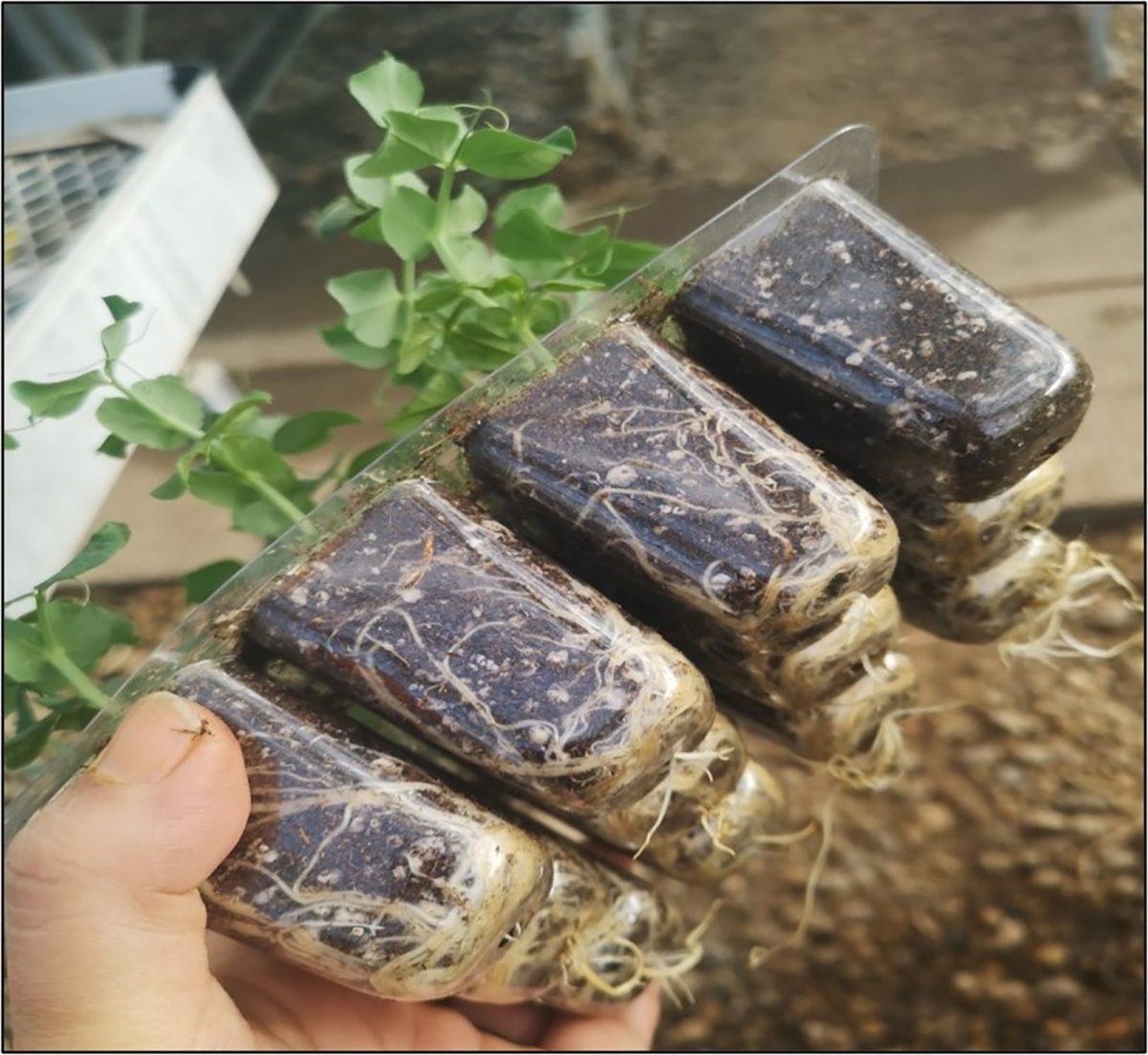
Addressing nitrogen immobilization and testing waste-stream materials
The next set of trials are underway, focusing on using composted Typha fibers to address the nitrogen immobilization caused by raw fibers observed in the initial trial. We anticipate that this process will help increase the proportion of Typha in the soil mix. In addition, we are testing various waste-stream materials with potential for use as growing media additives, including waste sheep wool, composts from diverse sources, biochar produced through pyrolysis of different feedstocks, and by-products from the agricultural and timber industries. Growing media are not one-size-fits-all products; they are engineered mixes that can be tailored to create the ideal root zone environment. Therefore, our goal is to match and mix materials to provide the necessary structure, aeration, and water retention for healthy plant growth. Our focus is on the use of environmentally friendly options that can be sustainably sourced and produced.

The journey to stretch peat with sustainable alternatives is like crafting the perfect recipe-balancing structure, aeration, and water retention for thriving plants. Imagine turning waste into green gold, transforming how we grow our food and flowers! Could the secret to the future of horticulture be hidden in composted cattails or pyrolyzed biochar? The possibilities are as exciting as they are endless, so let’s get our hands dirty and grow a greener tomorrow!
References
Gruda, N. (2019). Increasing sustainability of growing media constituents and stand-alone substrates in soilless culture systems. Agronomy, 9(6), 298. doi:10.3390/agronomy9060298
Singh, P. (2024). Can cattail fibers effectively replace peat in soilless growing media? Acta Horticulturae, 1404, 201–210. doi: 10.17660/ActaHortic.2024.1404.28
Tasa, G., Starast, M., Vool, E., Moor, U., & Karpl, K. (2012). Influence of soil type on half-highbush blueberry productivity. Agricultural and Food Science, 21(1), 1-8. doi:10.23986/afsci.6105
Self-study CEU quiz
Earn 0.5 CEUs in Soil & Water Management by taking the quiz for the article. For your convenience, the quiz is printed below. The CEU can be purchased individually, or you can access as part of your Online Classroom Subscription.
How many hectares of Canadian peatlands are currently under active extraction?
a. 14,000.
b. 24,000.
c. 40,000.
d. 70,000.
2. Which of the following is true of peat?
a. Peat is mainly popular as a growing medium.
b. Incorporation of peat into soils can enhance drainage.
c. Neither a nor b.
d. Both a and b.
3. Research has shown that extenders can NOT effectively replace peat in growing media while maintaining plant growth and health.
a. True.
b. False.
4. Researchers at Assiniboine College found that high concentrations of Typha spp. in growing media resulted in
a. higher plant growth when compared with traditional peat-based media.
b. similar plant growth when compared with traditional peat-based media.
c. Diminished plant growth when compared to traditional peat-based media.
d. Similar root zone conditions when compared with traditional peat-based media.
5. Which of the following is NOT an ecological impact of peat harvesting?
a. Increased soil drainage.
b. Increased greenhouse gas emissions.
c. Habitat destruction.
d. Loss of biodiversity.
Text © . The authors. CC BY-NC-ND 4.0. Except where otherwise noted, images are subject to copyright. Any reuse without express permission from the copyright owner is prohibited.



